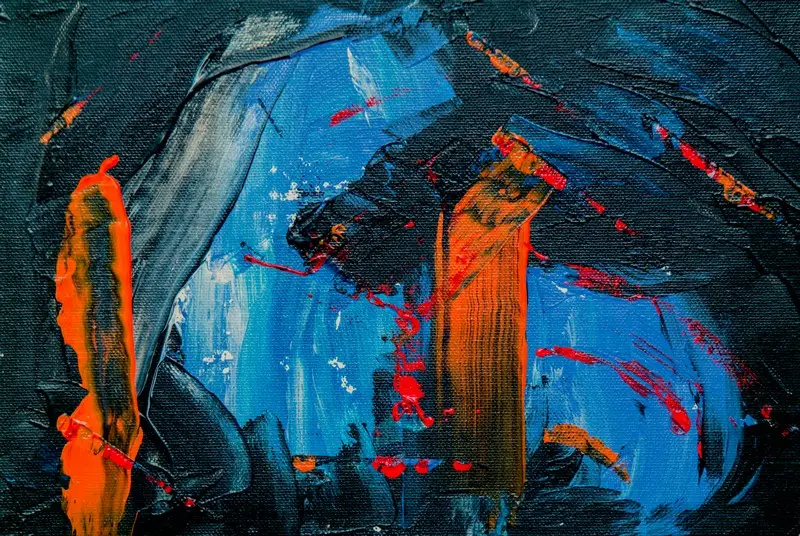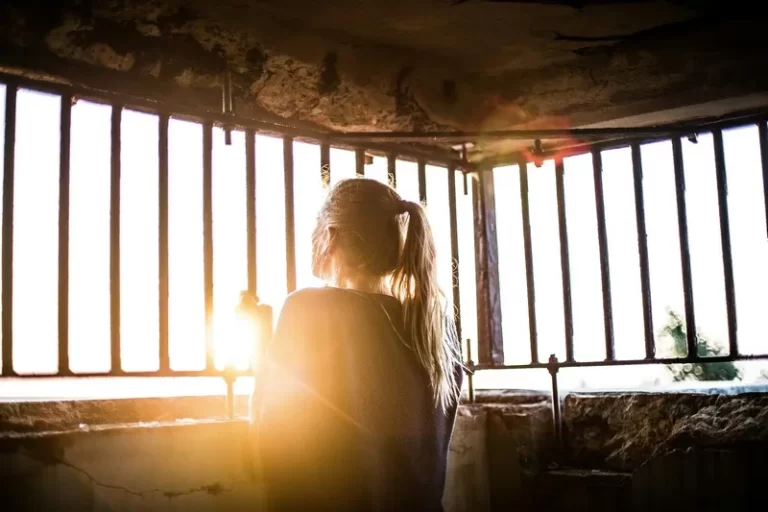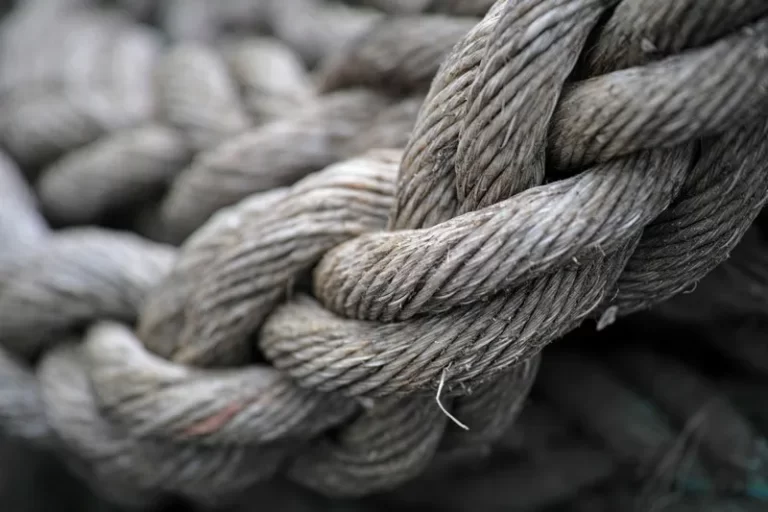Table of Contents
- Art as a Reflection of Violence and Conflict
- The Role of Art in Social Movements
- The Aestheticization of Violence
- Art as a Healing and Reconciliation Tool
- The Ethics of Representing Violence in Art
- Conclusion
The relationship between art, violence, and conflict is a complex and multifaceted subject within sociology. Art has historically been a powerful medium for expressing human emotions, societal values, and political ideologies. Violence and conflict, as inherent aspects of human societies, have significantly influenced artistic expression. This article aims to explore the intersection of art, violence, and conflict, examining how art reflects, critiques, and sometimes perpetuates violence and conflict.
Art as a Reflection of Violence and Conflict
Historical Context
Art has always served as a reflection of the times, and periods of violence and conflict are no exception. Historical paintings, sculptures, and literature often depict scenes of war, struggle, and human suffering. For example, Francisco Goya’s series “The Disasters of War” graphically illustrates the brutality of the Napoleonic Wars and the subsequent Spanish civil unrest. These works not only document historical events but also evoke the emotional and psychological impact of violence on individuals and societies.
Modern and Contemporary Art
In the modern and contemporary eras, art has continued to reflect violence and conflict. During the 20th century, artists such as Pablo Picasso and Salvador Dalí created works that responded to the atrocities of the World Wars. Picasso’s “Guernica,” for instance, captures the horror and chaos of the bombing of the Basque town during the Spanish Civil War. This monumental painting has become a universal symbol of the devastation of war and the suffering of civilians.
Art as a Means of Critique
Art not only reflects violence but also serves as a critique of the societal and political structures that perpetuate it. Through visual and performative mediums, artists challenge dominant narratives and expose the underlying causes of conflict. This critical dimension of art can be seen in works like Diego Rivera’s murals, which depict the struggles of the working class and critique capitalist exploitation. Similarly, feminist artists such as Judy Chicago use art to highlight gender-based violence and advocate for social change.
The Role of Art in Social Movements
Art as Protest
Art has long been a tool for protest and resistance. During times of social upheaval, artists often create works that mobilize public sentiment and inspire collective action. For instance, the civil rights movement in the United States saw the rise of protest songs, posters, and performances that articulated the demands for racial equality and justice. The Black Panther Party’s use of graphic art and photography helped to communicate their revolutionary message and galvanize support.
Street Art and Graffiti
Street art and graffiti are contemporary forms of artistic expression that have become associated with social and political movements. These art forms often emerge in urban environments where marginalized communities seek to reclaim public spaces and voice their dissent. Banksy, the anonymous street artist, is known for his provocative and politically charged murals that address issues such as war, poverty, and corporate greed. Street art serves as a form of visual activism, challenging authority and disrupting the status quo.
Digital and Media Arts
In the digital age, new forms of art have emerged that utilize technology and media to address violence and conflict. Digital art, video installations, and social media campaigns have become powerful tools for raising awareness and mobilizing action. For example, the #BlackLivesMatter movement has utilized digital art and social media to highlight police brutality and systemic racism. These new mediums allow for a broader dissemination of activist art and facilitate global solidarity.
The Aestheticization of Violence
Get the full article AD FREE. Join now for full access to all premium articles.
View Plans & Subscribe Already a member? Log in.





